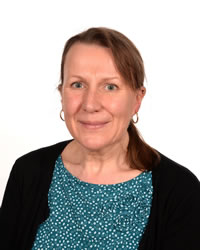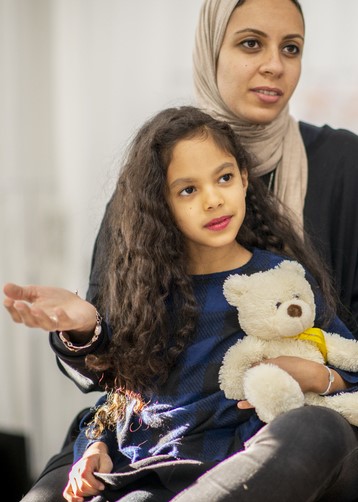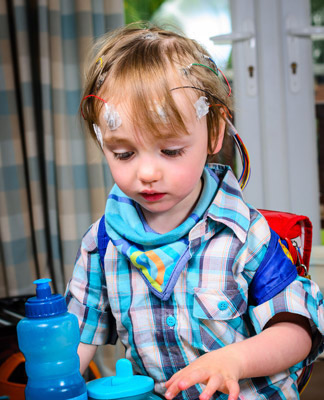Epilepsy course



This more advanced session will give you an understanding of childhood epilepsies and epilepsy care, so you will have the knowledge and confidence to make a positive difference to a child living with the condition and understand your role in the child’s ongoing care.
Learning objectives
By the end of this session you will be able to:
- Explain what epilepsy, seizures and epileptic seizures are
- Identify the different types of epileptic seizures and how they are diagnosed
- Describe the epidemiology of epilepsy and its impact on school-age children
- Outline the care pathway for the treatment of undiagnosed epilepsies
This session uses self assessments that help you check what you have learnt. You do not have to use them and your answers are not seen by anyone else.
Before commencing this session you should complete:
- HSC session Non-epileptic Attack Disorders (411-017)
Kirsten is the Roald Dahl Sapphire Epilepsy Nurse Specialist at King’s Mill Hospital, Mansfield, where she has worked since 2007.
She has 25 years’ experience in paediatric nursing, a Diploma in Child Nursing (Nottingham University, 1992) and a Diploma in Epilepsy Care (Leeds Metropolitan University, 2006).
Kirsten enjoys being part of the paediatric service at KMH and is committed to continuing to provide high quality care for children and young people with epilepsy and their families.


Dr Colin Dunkley was appointed as consultant paediatrician in 2005. He trained in Leeds and Nottinghamshire and completed an epilepsy fellowship in 2004 at Great Ormond Street Hospital, London. He works at King’s Mill and Newark hospitals and holds monthly teenage clinics at Queen’s Medical Centre, Nottingham.
Colin maintains his expertise in general paediatrics, neurodisability and epilepsy. He is the paediatric lead for audit, guidelines and clinical governance and chair of the Children’s Epilepsy Workstream in Trent and Epilepsy12 National Audit. He is also content development manager for the British Paediatric Neurology Association Paediatric Epilepsy Training Courses.
- Anaesthesia | Physiology | Mechanics of Ventilatio...
- Posted By eIntegrity Healthcare e-Learning
- Posted Date: 2025-02-21
- Location:Online
- This session continues to look at respiratory mechanics, including lung compliance, the role of surfactant and the factors that determine whether airflow is laminar or turbulent. Respiratory function tests are also explained
- Anaesthesia | Physiology | Ventilation/Perfusion A...
- Posted By eIntegrity Healthcare e-Learning
- Posted Date: 2025-02-21
- Location:Online
- This session describes how and why ventilation and perfusion vary in the healthy lung. Causes of hypoxia, such as hypoventilation, increased dead space and shunt, are discussed to help the trainee explain and manage hypoxia clinically.
- Anaesthesia | Physiology | Pulmonary Ventilation: ...
- Posted By eIntegrity Healthcare e-Learning
- Posted Date: 2025-02-21
- Location:Online
- This session covers the measurement and clinical importance of lung volumes, including functional residual capacity and dead space. Information regarding the performance and interpretation of flow-volume loops is also included.
- Anaesthesia | Physiology | Co2 Carriage in Blood a...
- Posted By eIntegrity Healthcare e-Learning
- Posted Date: 2025-02-21
- Location:Online
- This session covers the physiology of how carbon dioxide is carried by blood, including its conversion into bicarbonate ions and the role of the red blood cell and haemoglobin in this process. The session also describes how buffers work, and the fundament
- Anaesthesia | Physiology | Function of Haemoglobin...
- Posted By eIntegrity Healthcare e-Learning
- Posted Date: 2025-02-21
- Location:Online
- This session focusses on the function of haemoglobin in oxygen (O2) carriage from the lungs to other tissues where cells are supplied with the O2 required for oxidative phosphorylation in the mitochondria. We will cover the structure








